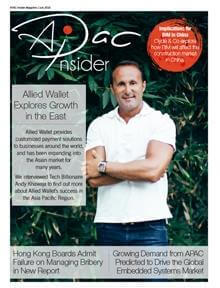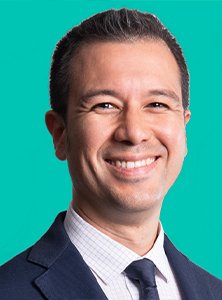
Aggressive Expansion and Consolidation Strategies Define APAC’s Top Fifty Healthcare Services Companies
Frost & Sullivan’s profiling based on business and financial parameters identifies most promising players and lucrative segments.
The Asia-Pacific (APAC) healthcare market is teeming with expansion activity. As demand for healthcare services grows, some companies are expanding out of their home ground while others are strengthening local capacity to serve emerging markets. Frost & Sullivan’s recent profiling of the top 50 healthcare service providers, explores the largest companies in APAC from primary care providers through to specialized service providers.
The analysis, Profiling of the Top 50 Healthcare Service Providers in APAC (http://www.frost.com/sublib/display-report.do?id=P8A7-01-00-00-00&src=IN), ranks the top companies in the hospital, retirement homes, specialty clinics, dental and ophthalmology segments across India, China, Japan, Australia, South Korea, Malaysia, Singapore, Indonesia, Thailand and New Zealand. The top twenty include companies such as IHH Healthcare Berhad, Ramsay Health Care Ltd, Bangkok Dusit Medical Services Public Company Limited, Sonic Healthcare Ltd, Aier Eye Hospital Group Limited, Apollo Hospitals Enterprise Limited, and Phoenix Healthcare Group Co. Ltd.
Fuelled by increasing awareness on preventive care and aged care services as well as policies aiding healthcare investments, the APAC healthcare landscape is seeing mergers and acquisitions, consolidation of fragmented markets, and local service providers going international. Partnerships between government and private operators are improving overall efficiency and reach, and reducing operational expenses.
“Hospitals are eyeing expansion in countries such as Australia, China and India, where the addressable market is huge, with Myanmar as an emerging market,” noted Frost & Sullivan Transformational Health Research Analyst Philip Tay. “Malaysia, Singapore and Thailand will solidify their position as medical tourism destinations, and domestic healthcare service providers will look to expand outside their borders, and possibly bring healthcare services to the source of their medical tourists.”
In Australia, aged care services are booming and healthcare providers are extending their reach throughout the continent and beyond to New Zealand. Similarly, private healthcare services providers in China are mostly expanding domestically, with a few participants focusing investments in Australia as they start acquiring businesses to leverage on capabilities such as ophthalmology to provide similar services in China.
Indian hospitals, on the other hand, are shifting back as medical tourism inflow intensifies at home. With massive expansions to address the increasing population in major Indian cities, their primary focus will be on providing premium healthcare services at more affordable prices.
As borders blur, competition will shift from being country-based to region-based. Considering the high maintenance and equipment costs associated with healthcare provision, this will limit success to competitors that have better economies of scale and international recognition.
“Partnerships and joint ventures are necessary to access and grow in this region,” advised Tay. “Convergence will aid research, reduce the burden of upgrading, allow utilization of high-cost medical equipment, and facilitate super-specialty services that improve longer term market positioning.”
Given the strong growth options, healthcare companies will continue investment in expansions in 2017-2018. The market will consolidate as services providers acquire new capabilities and try to extend their reach. Investment and private equity firms too will focus on emerging players that are targeting international markets.

























